Rittal Data and telecommunication
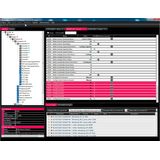
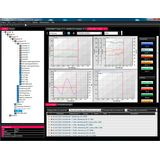
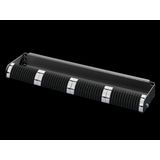
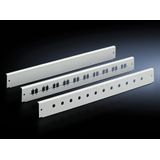
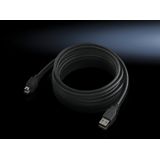
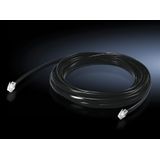
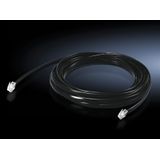

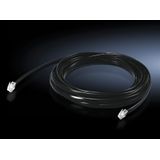


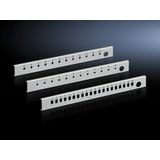
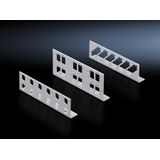


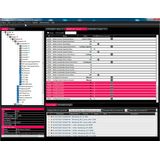



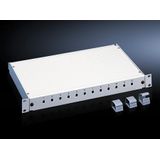
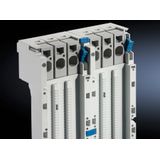
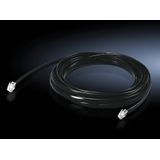

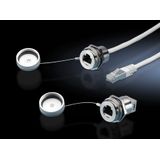

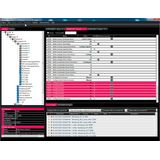
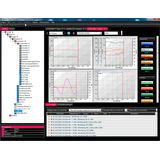
rittal data and telecommunication for network rooms and plant floors
Rittal racks and enclosures underpin mixed IT and OT networks in factories, retail sites, and utility plants. The focus here is predictable mounting geometry, clean airflow, EMC‑aware cable entry, and service access that keeps commissioning fast and repeatable across multi‑site estates.
rittal networking enclosures product range and formats
Free‑standing 19" racks in common footprints 600/800 mm W and 800/1000/1200 mm D from 24U to 47U. Options include perforated front/rear doors (≈70–80% open area) for front‑to‑rear cooling, or glazed steel doors where noise and dust control dominate.
Wall‑mount communication cabinets for edge switches and small patching hubs, typically 6U–18U, reversible doors, quick‑release hinges, and swing frames for rear access.
Sealed network enclosures with brush or gasketed cable entries for dusty halls and light wash‑down zones, plus roof fan trays or side heat exchangers when thermal load rises.
Baying kits and plinths to create rows, align floor levels, and route under‑rack feeds; leveling feet handle slab variation.
Accessories cover vertical PDUs, finger‑duct cable managers, radius guides, 1U/2U organizers, lacing bars, cage nuts, blanking panels, and fiber cassettes.
rittal communication cabinets technical specifications and standards
- Mechanical system 19" to IEC 60297 with cabinet performance to EN 61587 (static load, vibration, impact). Typical static load 800–1500 kg depending on frame.
- Airflow perforated doors and roof fan trays for IT patterns, baffle/blanking panels to prevent recirculation; side heat exchangers where ambient dust prevents open airflow
- Cable entry top/bottom plates with brush sets or gasketed cut‑outs; EMC plates provide 360° shield bonding at entry. Maintain bend radius for Cat6A and fiber inside cable managers.
- Grounding door bonds and equipotential kits; serrated hardware ensures coating penetration. Mark test points for continuity checks during FAT.
- Ingress and protection common assemblies IP20 in IT rooms; sealed variants raise protection when needed. Door hardware supports IK classes aligned to the host enclosure.
- Dimensions and rails numbered RU posts front and rear; depth‑rails adapt to device lengths; cage‑nut rails ease equipment changes.
Document U positions, cable IDs, and PDU circuits in the handover pack; it removes guesswork for the next visit.
rittal telecom racks applications and compatibility
- MDF/IDF and edge closets patch and switch cabinets with front‑to‑rear airflow and vertical managers; PDUs mount on rear posts.
- Factory OT networks sealed or filtered racks near drive rooms; EMC cable entries and short bonding paths reduce noise ingress.
- Retail and hospitality shallow wall‑mount units where space is tight; swing frames preserve rear access for patching.
All frames align with Rittal punch patterns, baying hardware, gland plates, and plinth systems used across electrical panels on site—spares and tools stay common.
Integration with other Rittal products and systems
Use brush or EMC gland plates at entries, then intercept mechanical load on clamp rails before the patch field. Pair racks with Rittal PDUs and roof fan trays; where ambient dust is high, select closed‑loop coolers. For mixed IT/controls cabinets, segregate ELV harnesses from mains in dedicated duct and reserve side spaces for fiber radius guides.
In structured cabling designs, plan patch fields and horizontal managers to mirror adjacent electrical panels so crews follow one playbook across the estate. This is where rittal structured cabling systems planning pays off.
Selection criteria for B2B clients
- RU, width, depth size for current gear plus 30–40% growth; confirm device depth and door swing clearance.
- Airflow model front‑to‑rear IT, side‑to‑side for some switches, or sealed with heat exchanger. Add blanking panels to stop recirculation.
- Ingress and environment open IP20 for clean rooms; sealed entries and filtered fans near production; EMC plates where drives sit nearby.
- Cable management vertical finger‑duct plus horizontal managers every 10–15U; radius guides for fiber; lacing bars for heavy bundles.
- Power and distribution PDU form factor and feed path; reserve RU for UPS or ATS hardware when required.
Procurement often standardizes one 42U 800×1000 mm rack, one 24U wall‑mount, and a sealed variant for harsh rooms—training and spares stay simple.
Advantages of working with Bankoflamps
Commercial terms match your bill of materials with individual B2B pricing and formal offers. A dedicated account manager coordinates samples and logistics and we expose live EU‑wide stock for planning. Quotes typically arrive in about an hour. Orders go in by EAN/MPN with clean traceability, and our price lists are downloadable and up to date. You get lead‑time and order‑status tracking, purchase‑history analytics to consolidate SKUs, and post‑payment terms up to 30 days for trusted clients. We also plan consolidated shipments to lower freight costs, hold prices with validity dates, and support teams in France, the Baltics, Germany, Spain, Italy, Belgium, and the Netherlands.